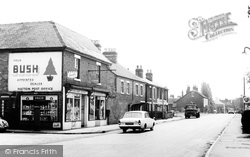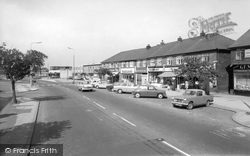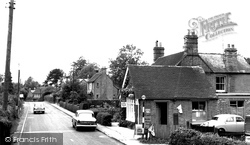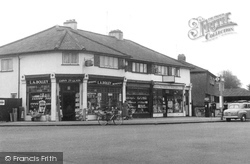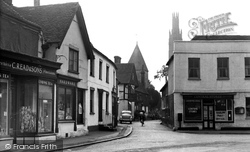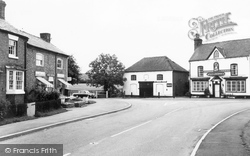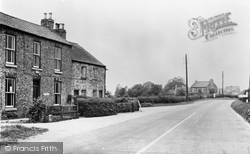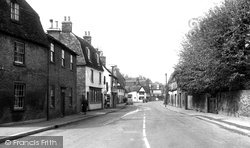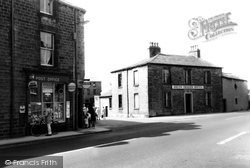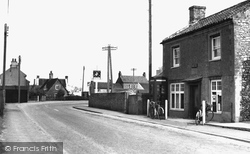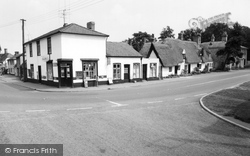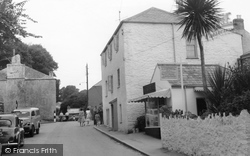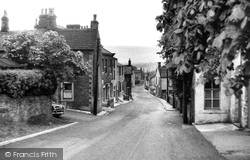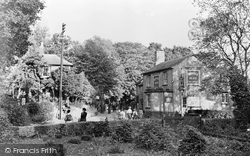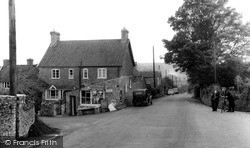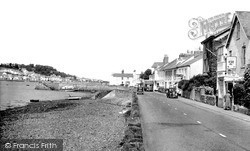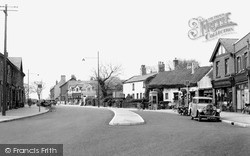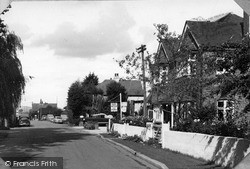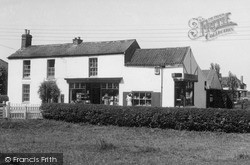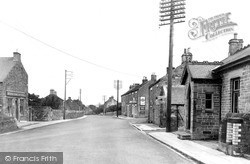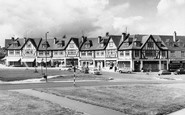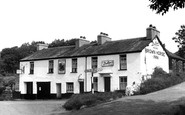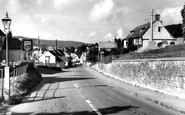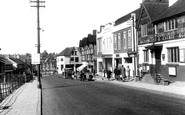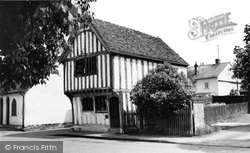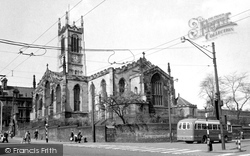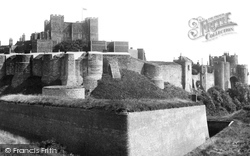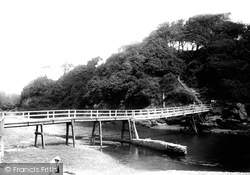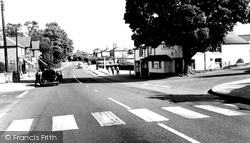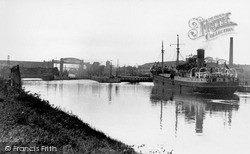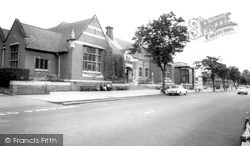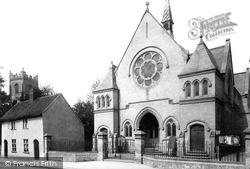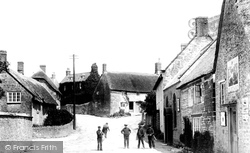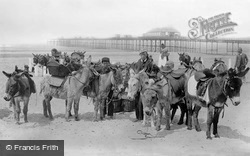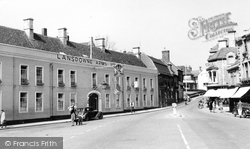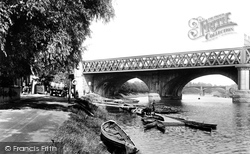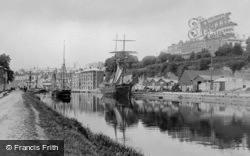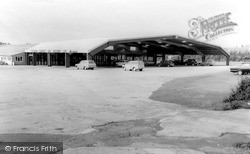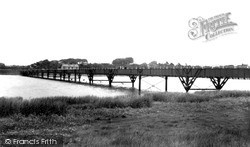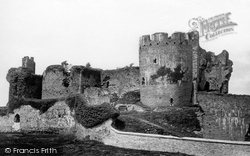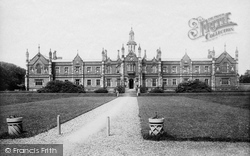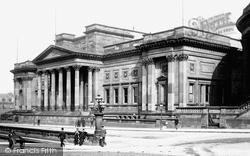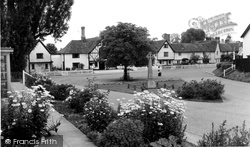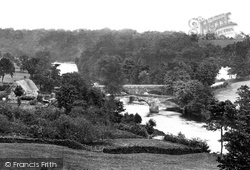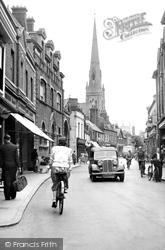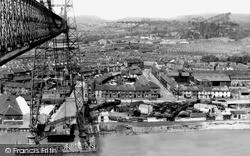Places
9 places found.
Those places high-lighted have photos. All locations may have maps, books and memories.
Photos
2,359 photos found. Showing results 1,321 to 1,340.
Maps
776 maps found.
Books
Sorry, no books were found that related to your search.
Memories
2,736 memories found. Showing results 661 to 670.
Growing Up In Post War Harrow Weald
I lived at 20 Silver Close, Harrow Weald from 6 weeks old in 1941 until I left for Australia in 1961. I atended Harrow Weald Infants School from 1946, the old building was opposite the bus garage in the ...Read more
A memory of Harrow Weald in 1941 by
Crescent Way & Beyond
My parents, sister Barbara and me, Brian, moved into 14 Oakleigh Gardens in 1938. Shortly afterwards Barbara and me enrolled at Warren Road School (the year it opened). Everything was perfect until 1939 when the Second World ...Read more
A memory of Orpington in 1930 by
Alamein Barracks
These barracks were used as the recruit training centre for the Territorial Army and all volunteers serving with the 33rd (Lancashire and Cheshire) Signal Regiment completed basic training here in the 1960's before passing out to ...Read more
A memory of Huyton in 1967 by
My Memory Of Pescies
About 1944 my memory of Pescies starts with going to the closed-in swimming pool at the back of the now Law Court, to go there I would be running round to find jam jars from next door then change them in Sainsburys, 1p large ...Read more
A memory of Barking in 1944 by
The Timberscombe I Knew 1957 1965
We moved to Oaktrow in January 1957 and until the house was habitable, we stayed at The Lion (prominently displayed in one of the photos). The village then had four shops, these being the Post Office towards ...Read more
A memory of Timberscombe in 1957 by
Brown Horse Inn 1920 To 1995
I am writing to add my memories to those posted by my sister Sheila McCormack. My name is Norma (McCormack ) Gibson. Our grandparents ran this hotel in the 1920s. Their names were Margaret and Cecil Stronnel. They had ...Read more
A memory of Winster in 1920 by
Uley, The Street
When I spent my holidays in Uley during the mid 1950s, open drains ran at the edge of the street, for dirty water (not sewage) draining from the houses adjoining the road! I recall the Post Office, Mr Phillp's grocery store (by the bus ...Read more
A memory of Uley by
Perrymount Cinema
As a child I went to the ABC minors every Saturday morning, it cost six old pence to get in. I think the last film that was shown at the cinema was in 1971, it was called Shaft and starred Richard Roundtree. I was one of the few there.
A memory of Haywards Heath by
Living In Binfield 1946 1971
I moved to Binfield with my parents Rose and Cyril Richardson and my brother Brian in 1946. We lived in Rose Hill at a house called “Athlone”. It isn’t there any more, it was demolished and six houses built on the ...Read more
A memory of Binfield by
Stories From The Past
My maternal grandfather - Hugh Duddy - was born in a farming community in the county. My mother would tell me stories of visiting relatives in two farms, Mulderg and Coulnaculp (spelling is probably very wrong). Her memories ...Read more
A memory of Claudy in 1920 by
Captions
1,642 captions found. Showing results 1,585 to 1,608.
Probably its most attractive artefact is the building itself, which was constructed in the early 16th century: the Town House was owned by Westminster Abbey and later by St John's College, Cambridge, and
This church cost £10,000; it used much stone from the previous church (1509) on the site, which was demolished on 28 April 1834.
This structure, and the surrounding curtain wall, was built by Henry II in the 12th century at a cost of £7000, but the first fortifications were constructed by King Harold in 1064.
The first bridge here dated from 1855, when local worthy Mrs Cornish allowed its construction at a cost of £26 10s using timbers taken from the sailing vessel Laurel, which had been wrecked on Sidmouth
This structure, and the surrounding curtain wall, was built by Henry II in the 12th century at a cost of £7000, but the first fortifications were constructed by King Harold in 1064.
While not obvious from this photograph, Gresford is most famous for the tragic mining disaster of 1934 when 266 lives were lost following an explosion and fire at the Gresford Colliery.
By its completion in December 1893, 17,000 'navvies' had shifted 54 million cubic yards of soil and rocks to create the 35.5-mile-long canal at the then staggering cost of £15 million.
The low brick building, with Ketton stone facings, cost £8,000.
This chapel was opened in April 1890 at the cost of £2,000 with seating for 600 people.
A poster beside the door carries the crown and 'E R' initials for the new king, Edward Rex, proclaiming 'Recruits Wanted' for the armed forces. Retired fishermen stand in the road.
The Victoria Pier behind them cost £23,000 to build in 1867; in 1891 a grand pavilion was built at the entrance, capable of seating 2,500 people, and one of the largest organs in Britain was installed
In 1960 a single room with breakfast cost £1 7s 6d per night in the high season, with 3-course luncheon at 8s 0d, afternoon tea 3s 0d and 3-course dinner 9s 0d.
This new three-arch bridge was completed in 1804 at a cost of £24,864; on the central parapet are the names of the then 74-year-old architect John Carr and the builder, Bernard Hartley of Pontefract
The railway bridge here was built in 1838 by North Union Railways for the Preston to Wigan line at a cost of £70,000, and is now part of the west coast main line.
Yet it never truly prospered after these costly improvements, for the city's woollen export trade declined.
His bricks were his reply to Government proposals to tax bricks after the costly War of American Independence in 1782.
The bridge across the Wyre to replace fords was built in 1864 and cost over £13,000, but people objected to the paying of tolls; however, it was not until July 1993 that a fine new toll-free bridge was
The building cost was estimated to be somewhere in the region of £5,500-£6,000 - a veritable 13th-century fortune.
At the time there was a substantial income; but the estimated cost was seven times greater, and a further appeal had to be made.
William Brown was a wealthy merchant who offered to pay for much of the cost of this grand enterprise, and he was rewarded for his generosity with the street and library named after him.
The Village Hall at Hunsdon was originally the school until the building of the new school in 1924 at a cost of £4000.
He had stayed the night at Stoneyhurst, and it took most of the day for the horses, mules and men to cross.
Trinity Church was built in 1867-68 for the Baptists and the Congregationalists, and Potto Brown of Houghton contributed £12,000 towards the cost.
The span of the bridge is 645 feet, and the total cost was £98,000. Designed by the engineering firm of R H Haynes of Newport and the Frenchman F Arnodin, the bridge was opened in 1906.
Places (9)
Photos (2359)
Memories (2736)
Books (0)
Maps (776)


